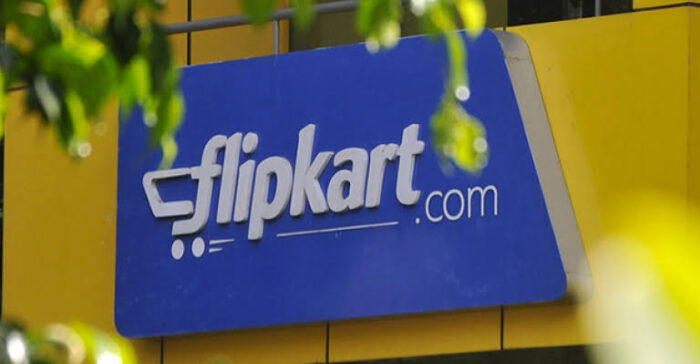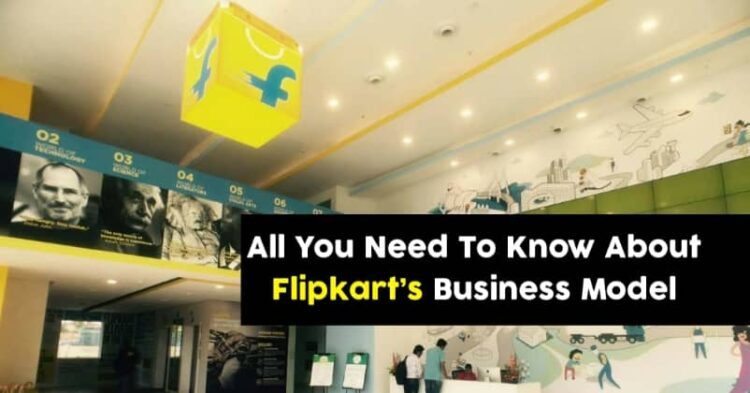Today, every Indian is aware of the name – Flipkart. It is a company that grew tremendously over time, worked its way to the top and garnered attention from big names like Walmart.
Yes, after all, it was a bid of the giant Walmart for 16 billion dollars. An e-commerce platform and a major competitor of Amazon in the country, Flipkart will always be different for us.

Why is Flipkart different?
Flipkart is different because of its background story. It is an Indian start-up that went big, first of its kind to kickstart in the e-commerce industry and the first to reach such great heights.
It was founded by two IIT graduates who started their careers in Amazon and then left their day jobs to give rise to Flipkart.

Sachin Bansal and Binny Bansal were the founders of an online bookstore that has now made INR 30,164 Cr in revenue for the financial year 2018.
What is Flipkart’s business exactly?
Flipkart follows a crystal clear Business-to-Consumer model or commonly known as a B2C model. It works as a marketplace which means that it a middle platform that connects all interested sellers to various customers and assists in making the sale. With over 80 categories, Flipkart has sellers for all items, ranging from groceries, toiletries, clothes, books, shoes, furniture, electronics, etc.

It’s very own Big Billion Day Sale is like a festival in the country, it offers you the best deals for the best products at the best time.
Infact, Flipkart is becoming more of an omnichannel platform. It launched its own FinTech app called PhonePe then recently launched FurniSure for a real-life customer touch-feel experience. Then again, there is news of it starting its own food retail business called FarmerMart soon.
What about Flipkart’s revenue generation?
Considering the revenue Flipkart made in FY18 even after facing a loss of INR 46,895 Cr, one has to understand the sources of income for the company.

The most obvious source of income is via the sellers it enlists on its platform. It charges a varying and minimal commission along with a convenience fee from sellers as per their sales or revenue or a pre-established deal.
Secondly, Flipkart has its own company called E-kart that provides logistics and delivery services to the sellers on the platform. Hence it once again charges a minimum fee for its services.

Thirdly, when you open the website or the mobile app, there are various advertisements visible. Flipkart lends space for them and hence generates revenue from external sources.
There are no limits for the company which plans to touch the sky, there is no success that it cannot achieve and there are no boundaries that it cannot break.
Cheers to the Flipkart family!
Also Read: Oyo’s New Business Model & Why It Changed Its Previous Model
















